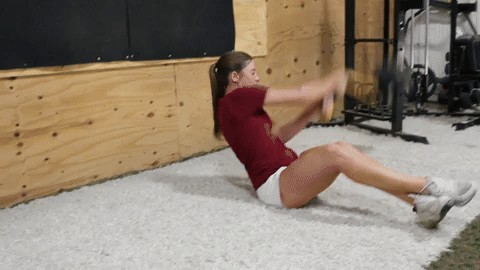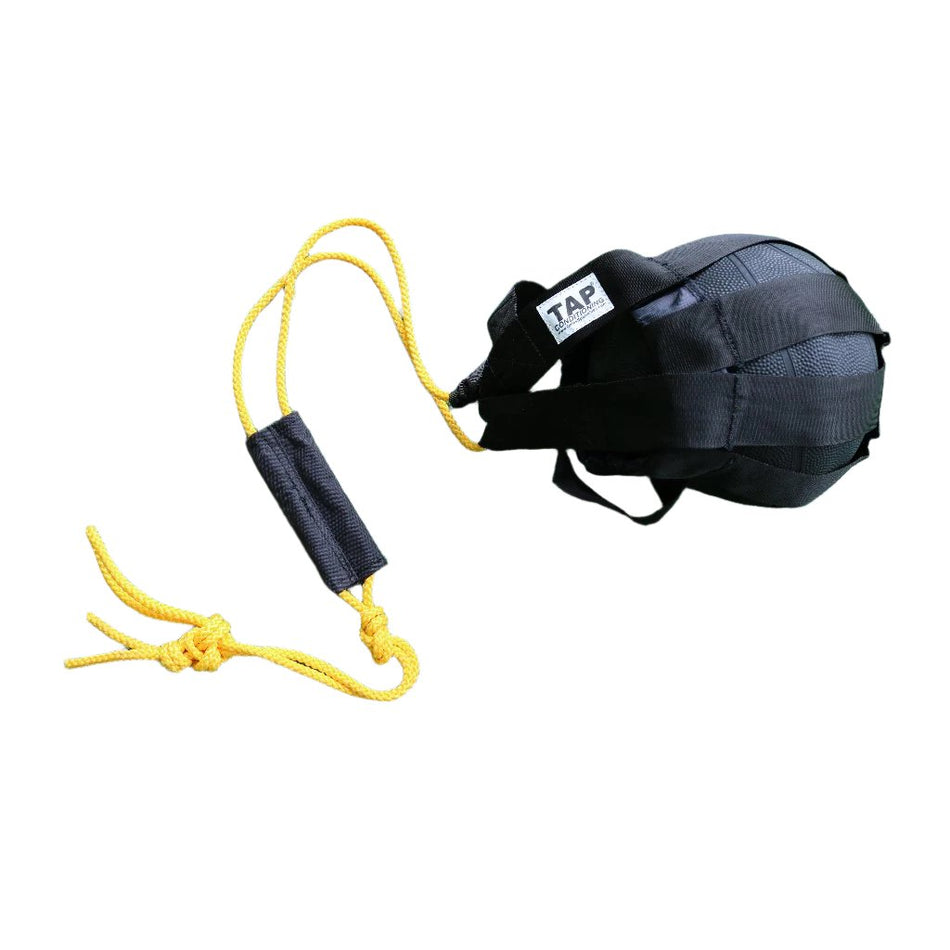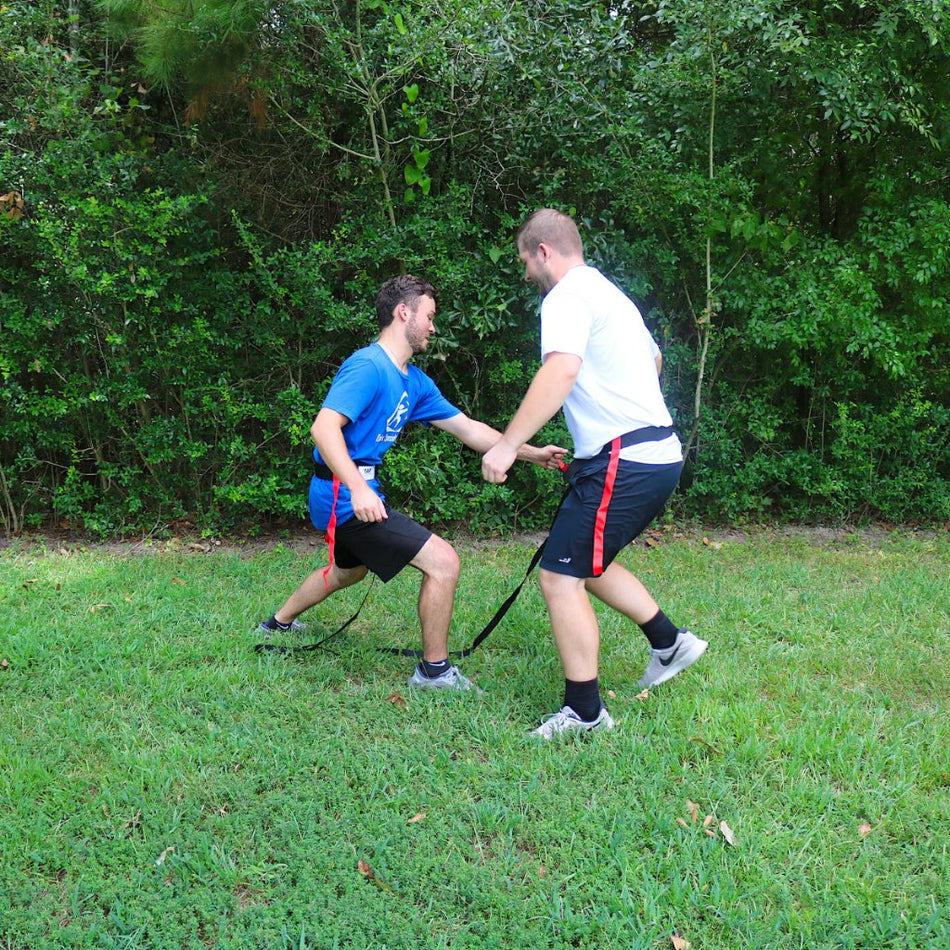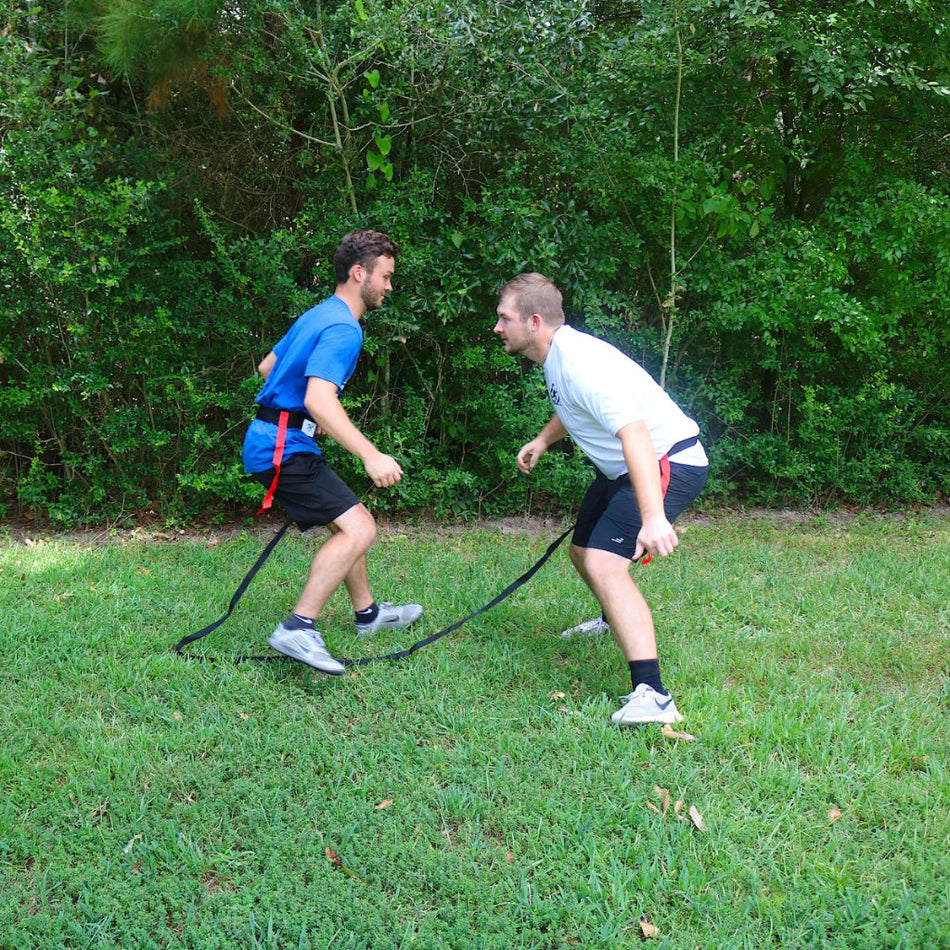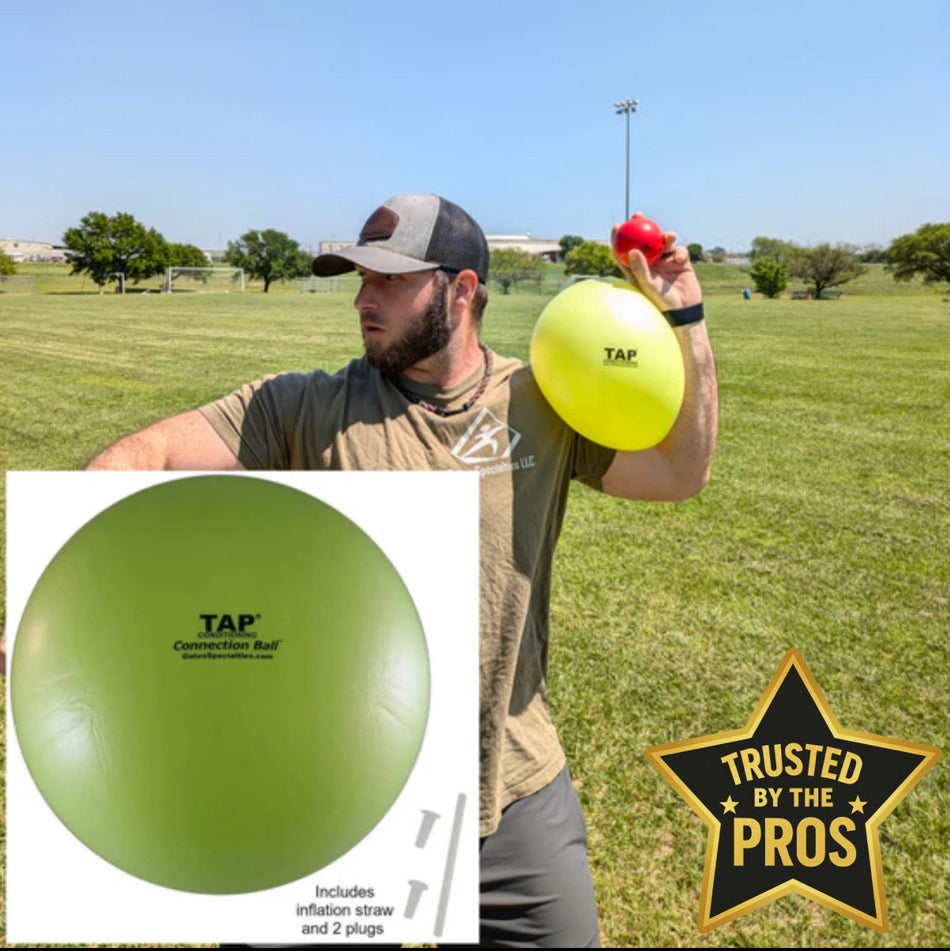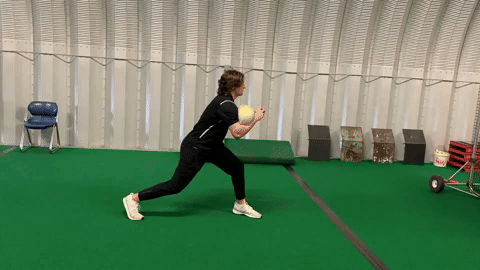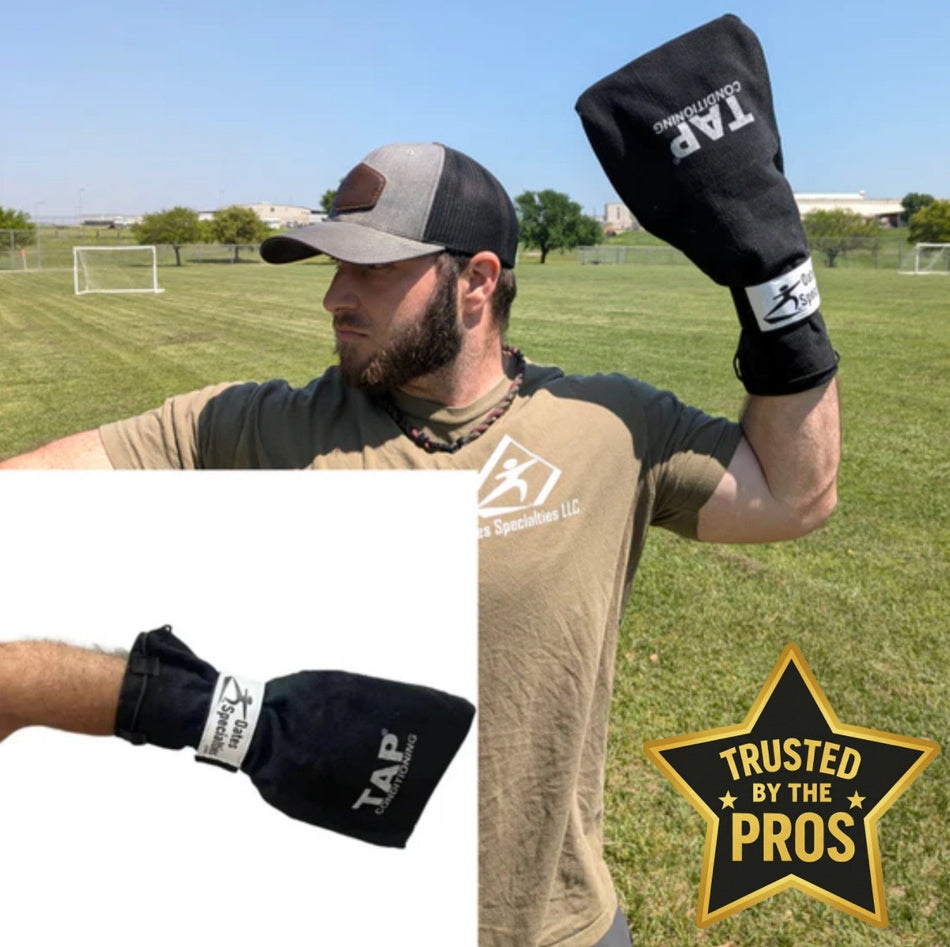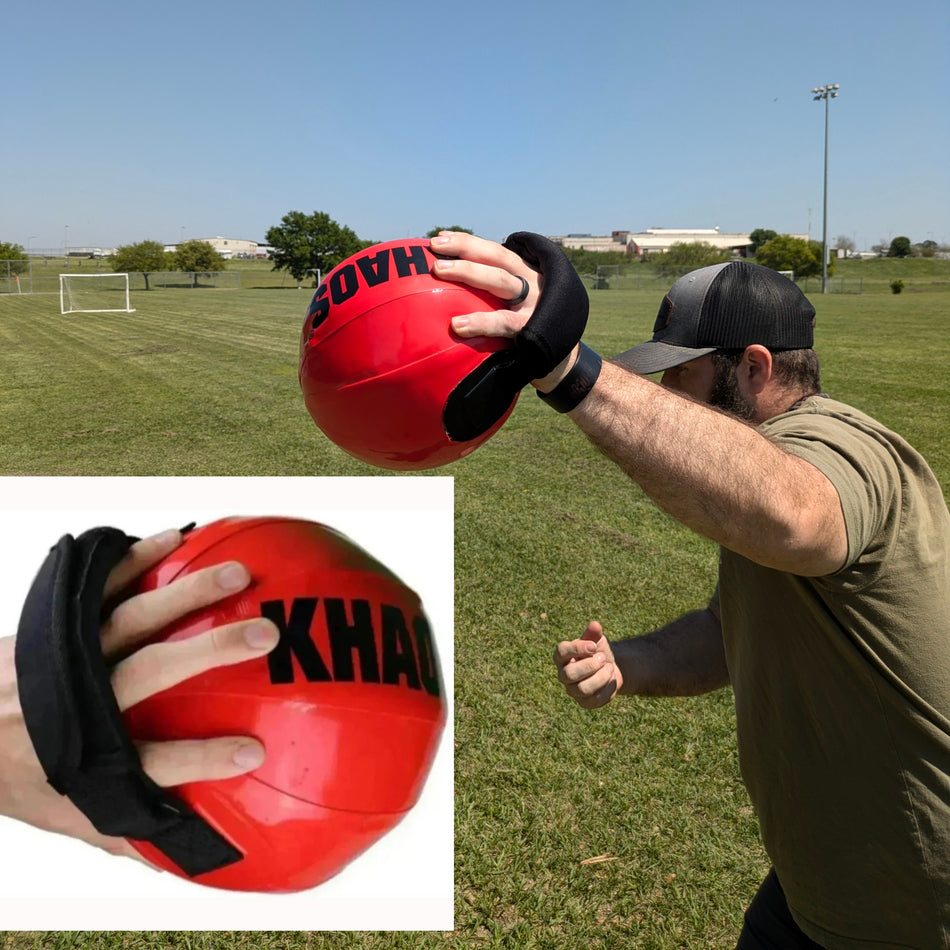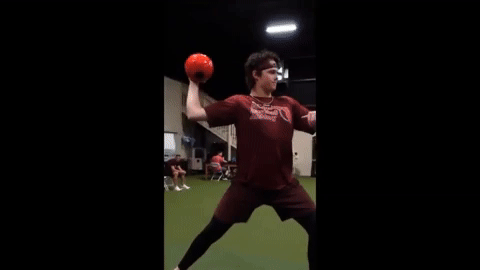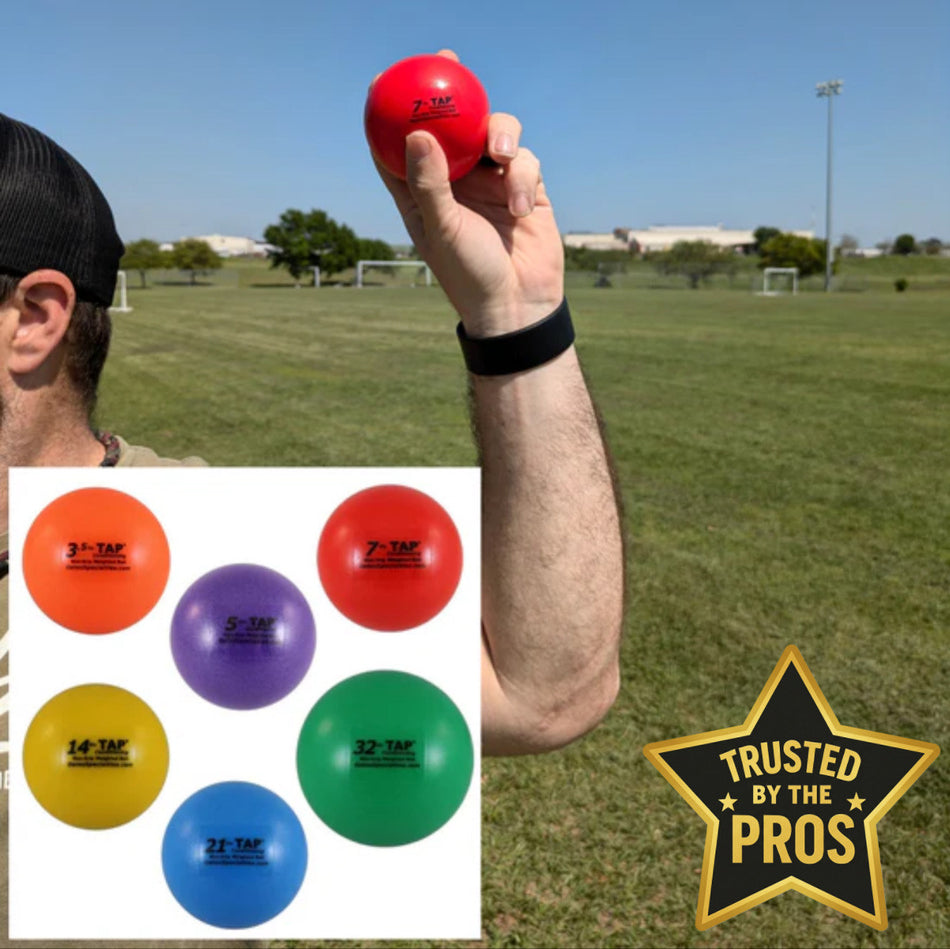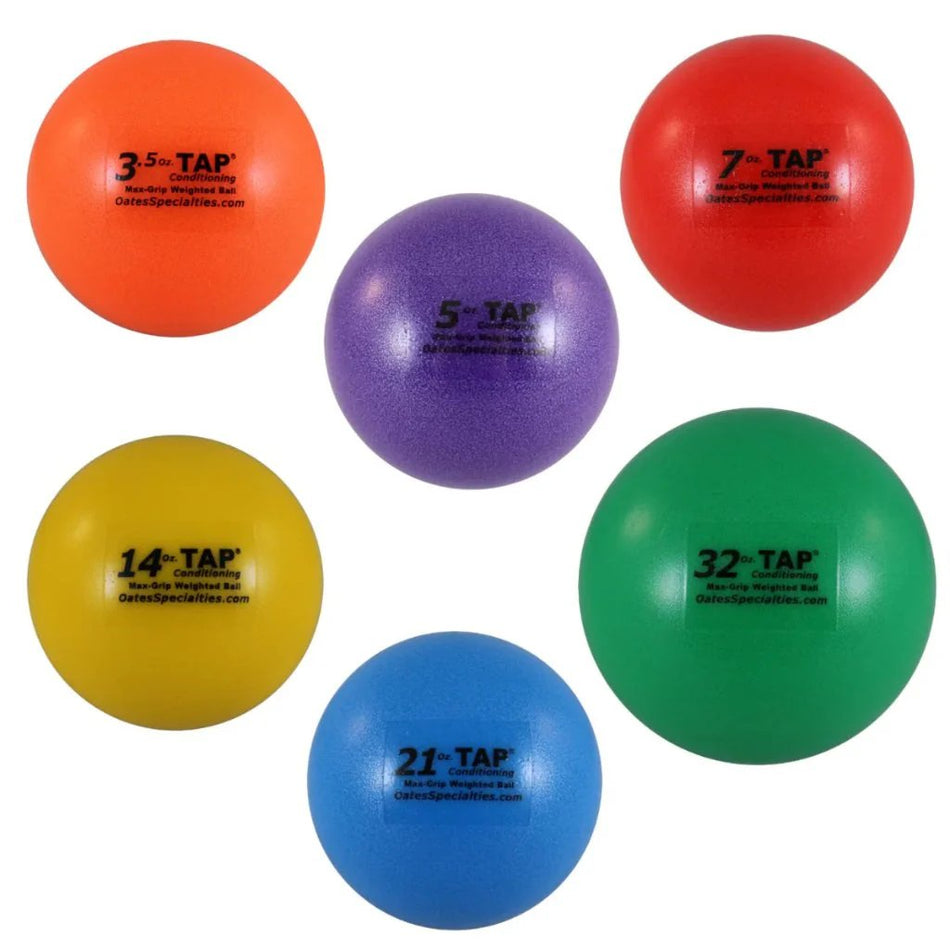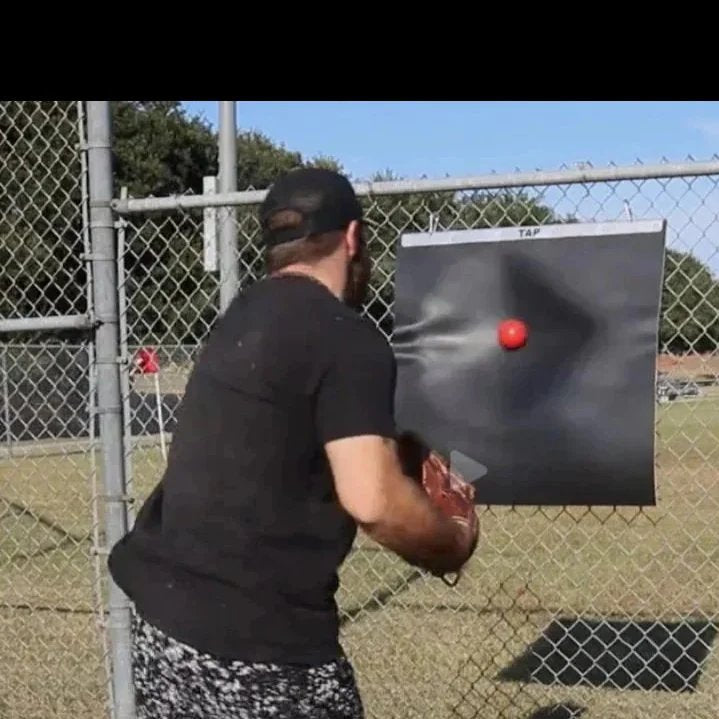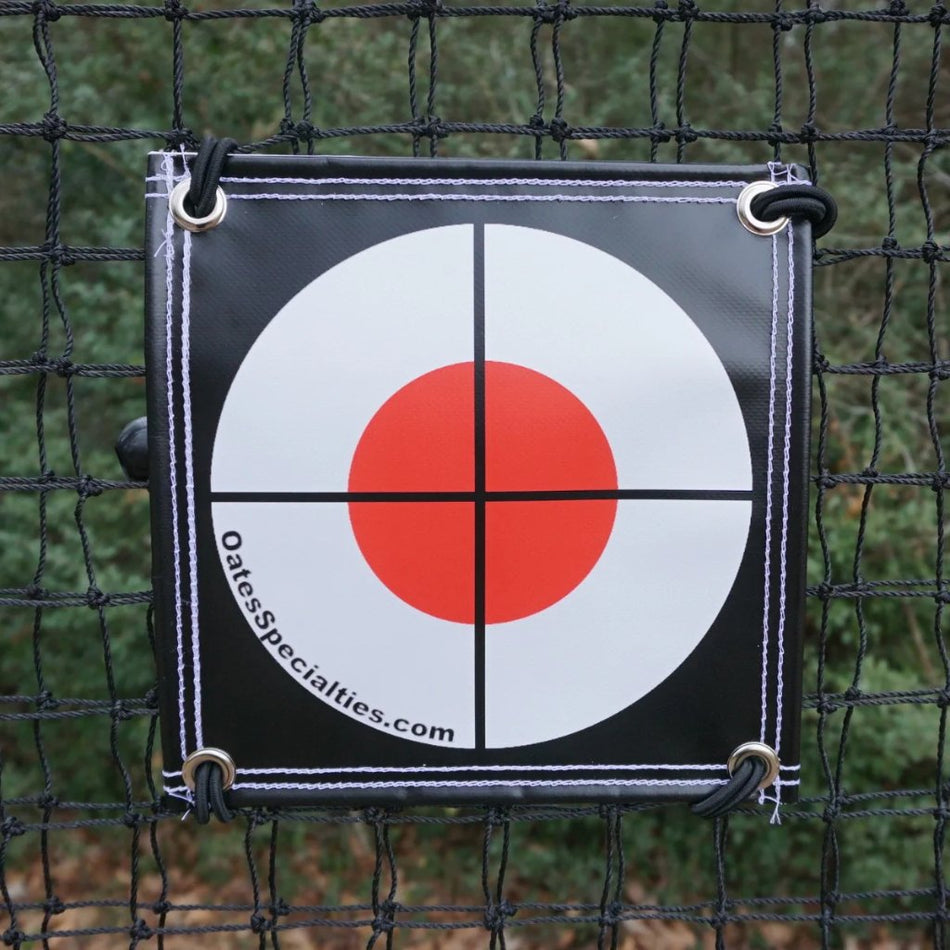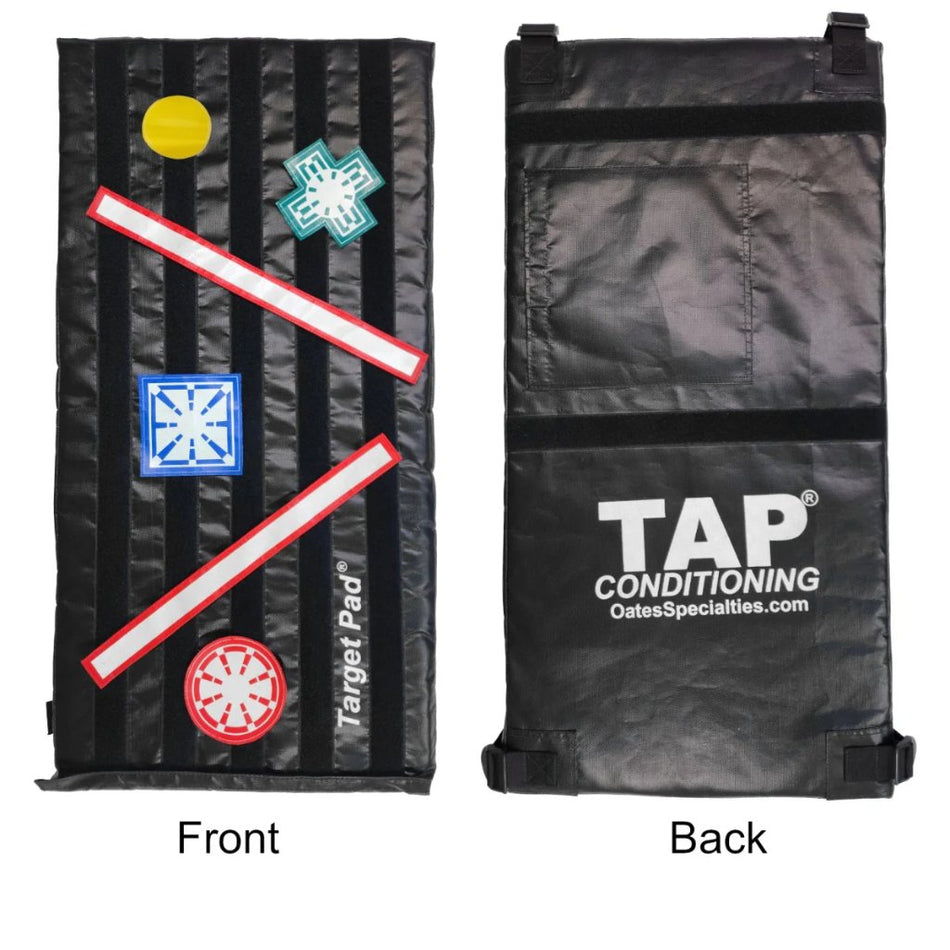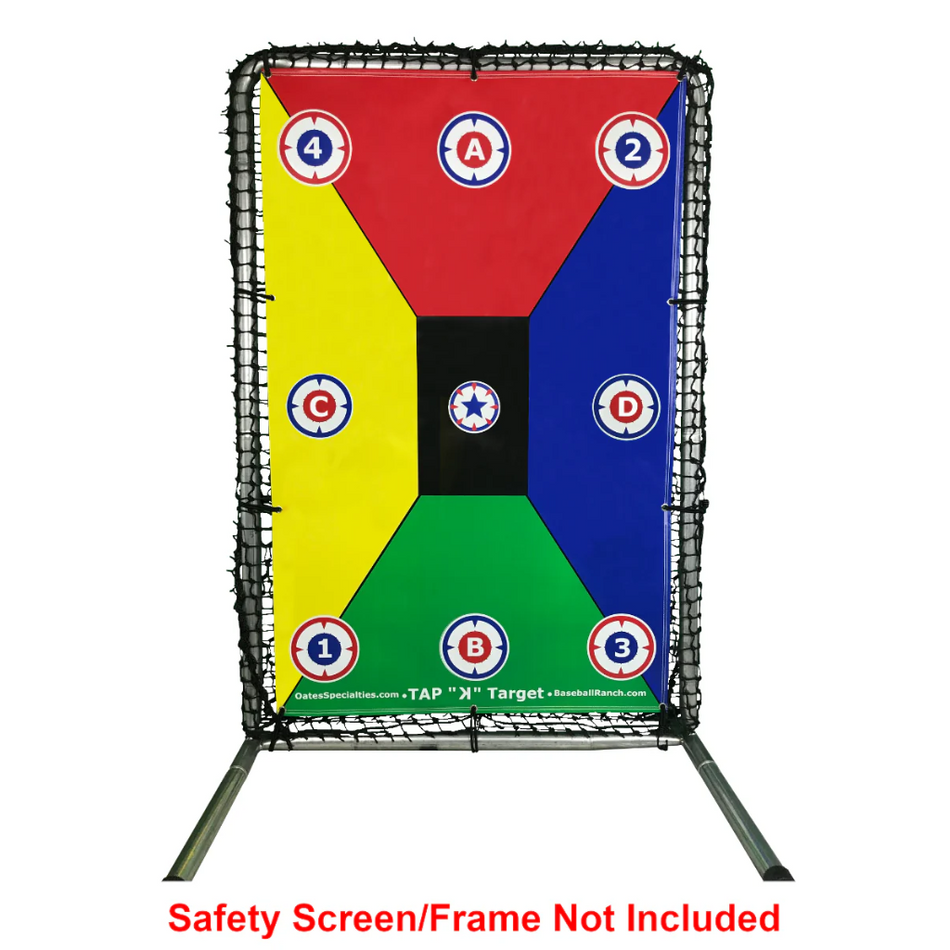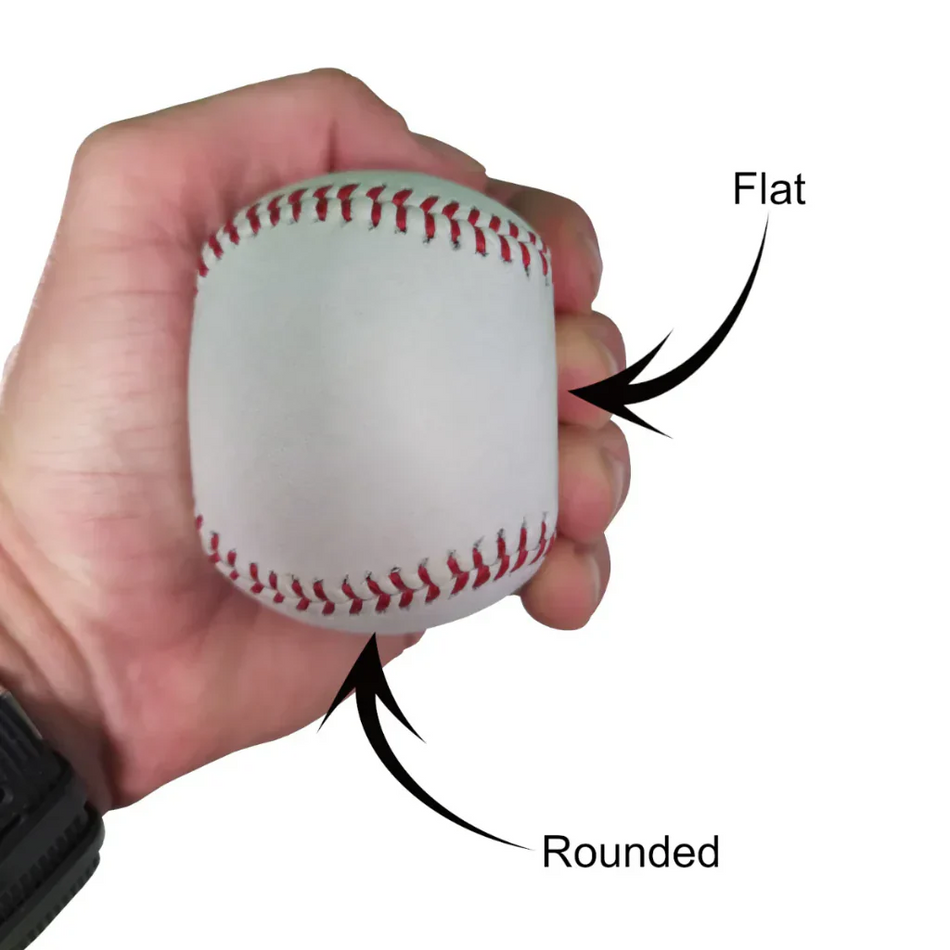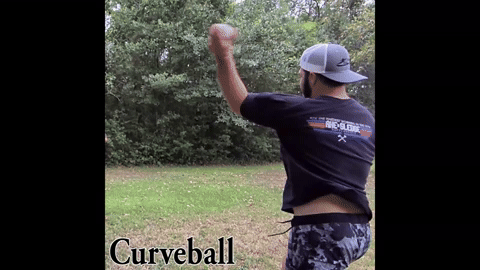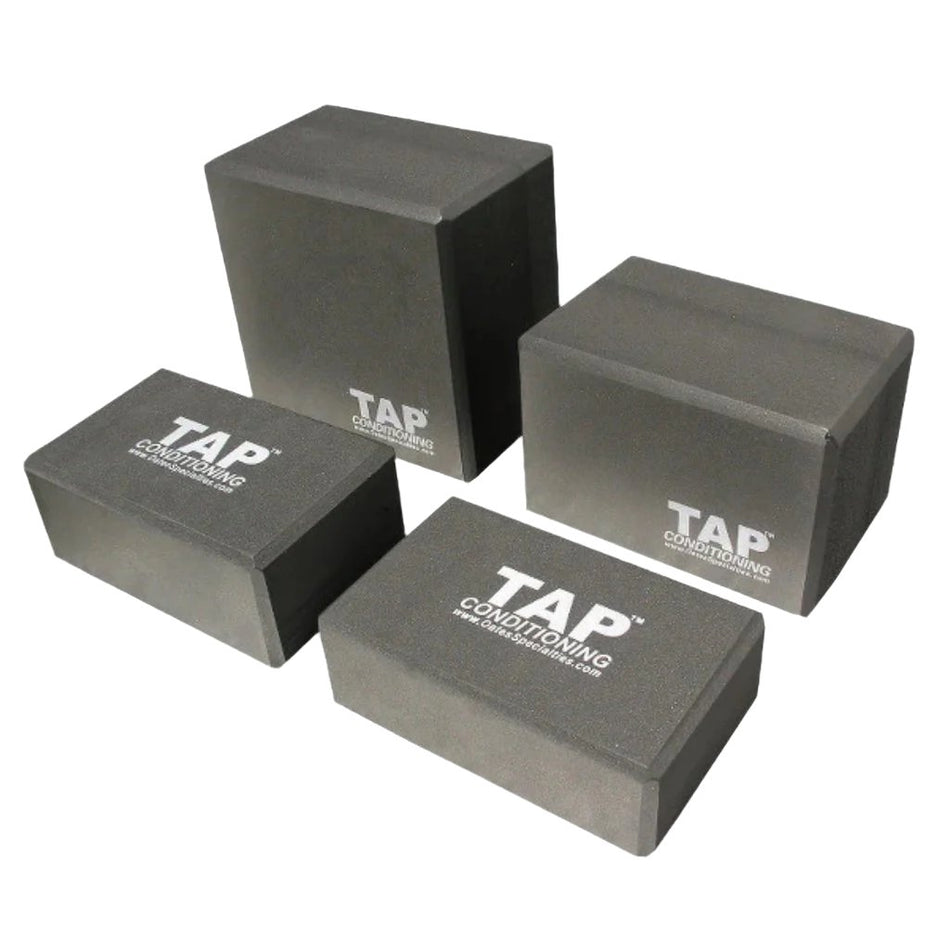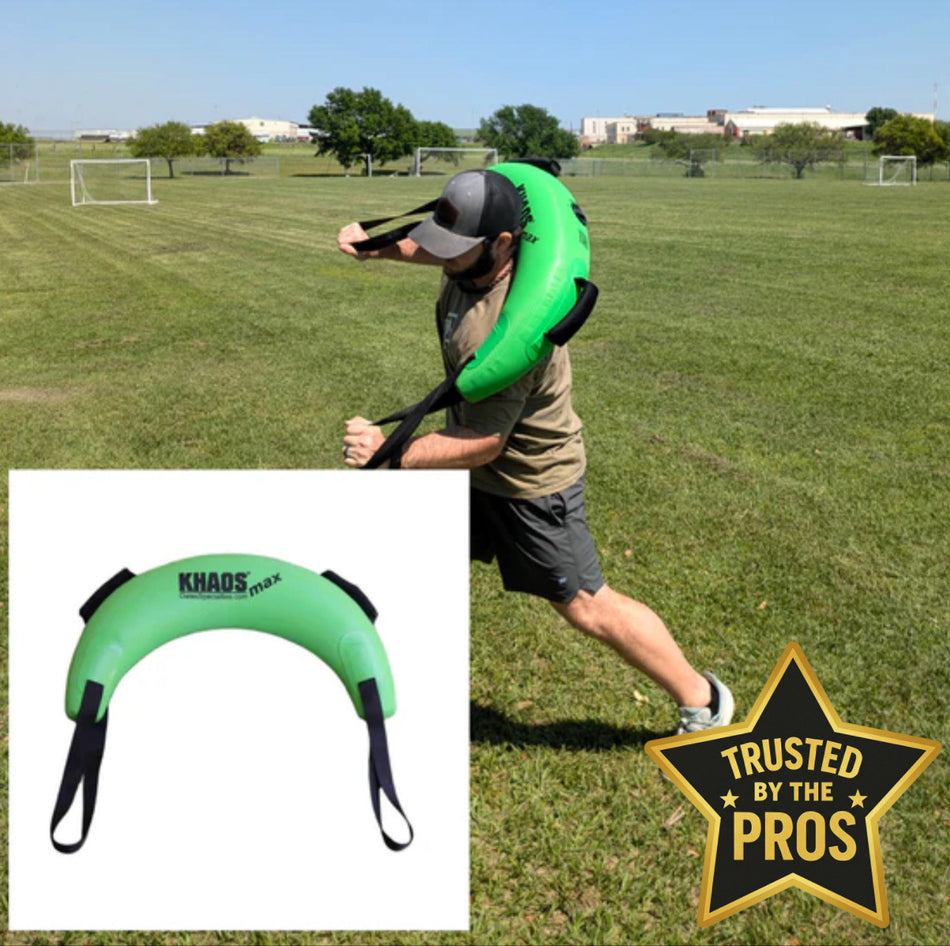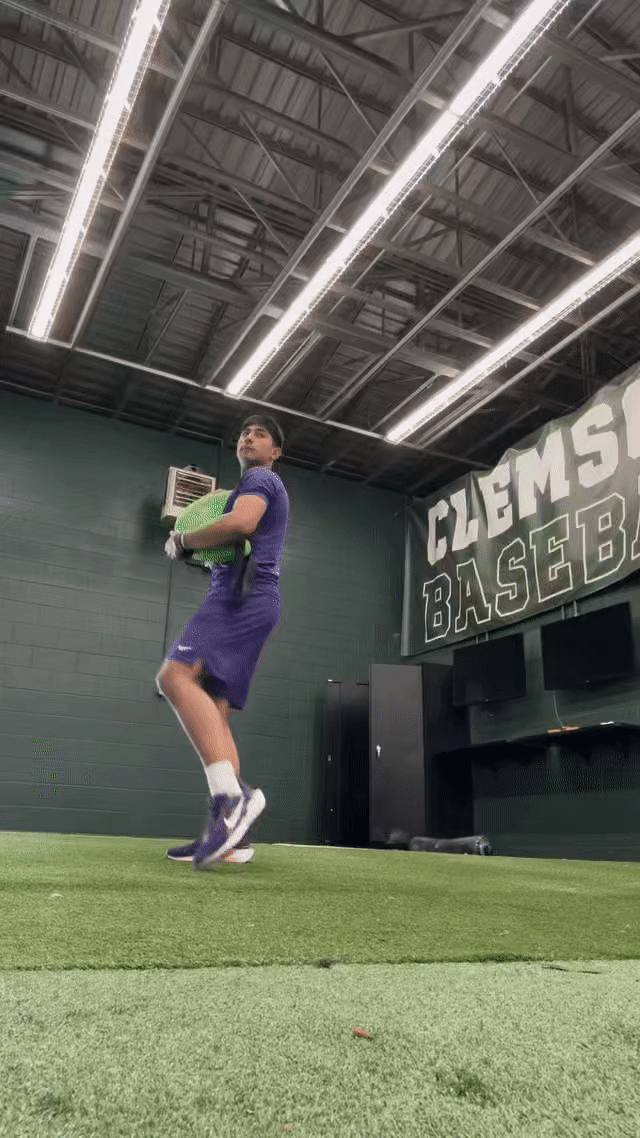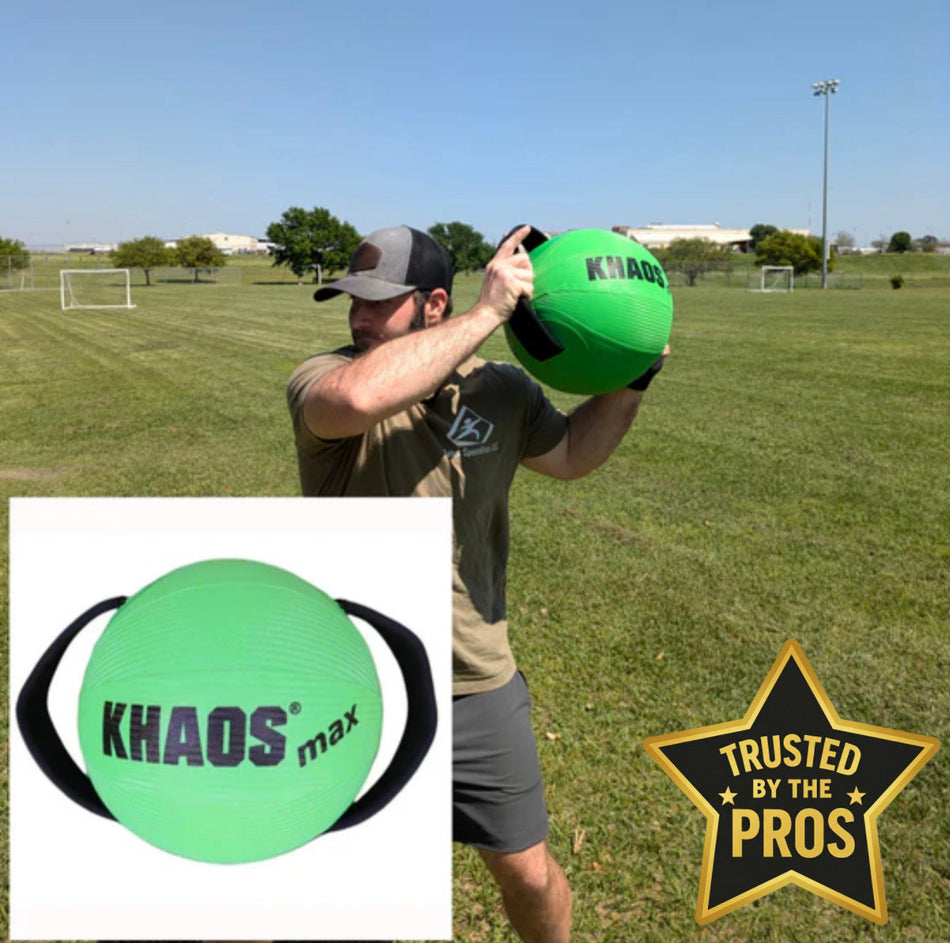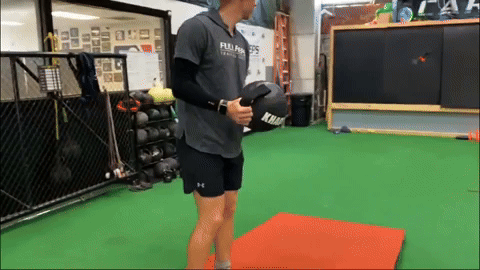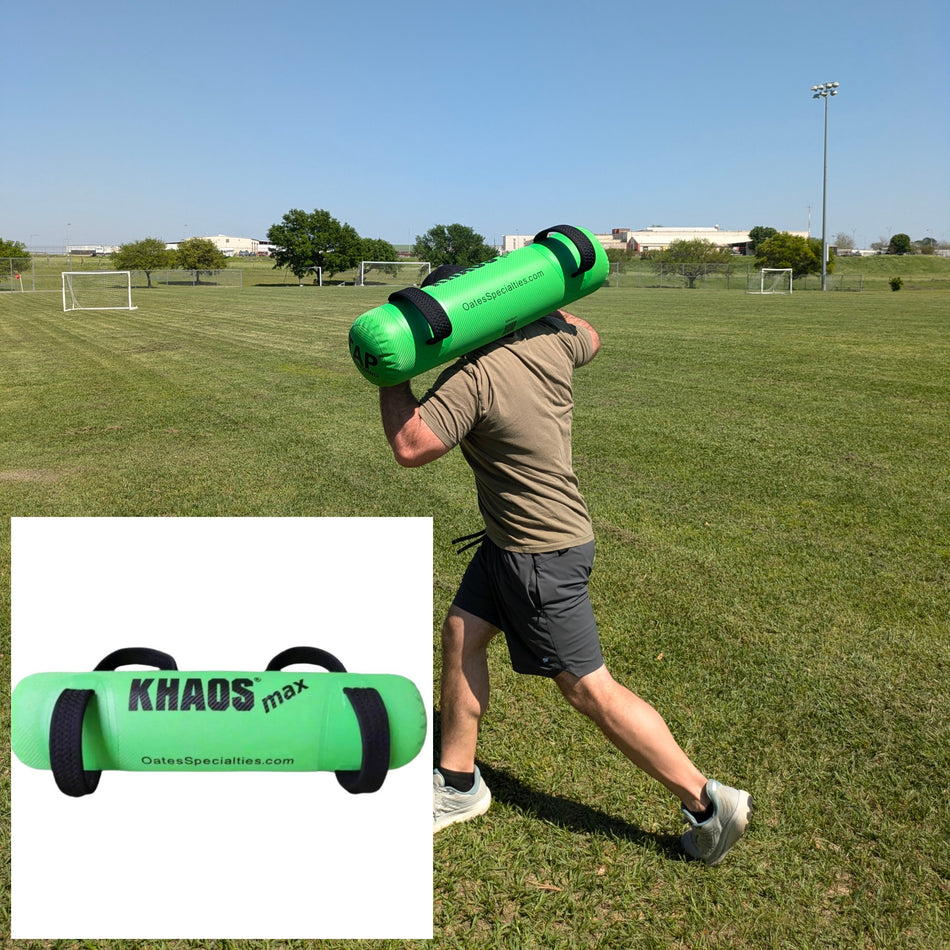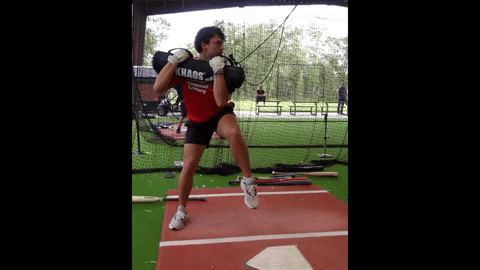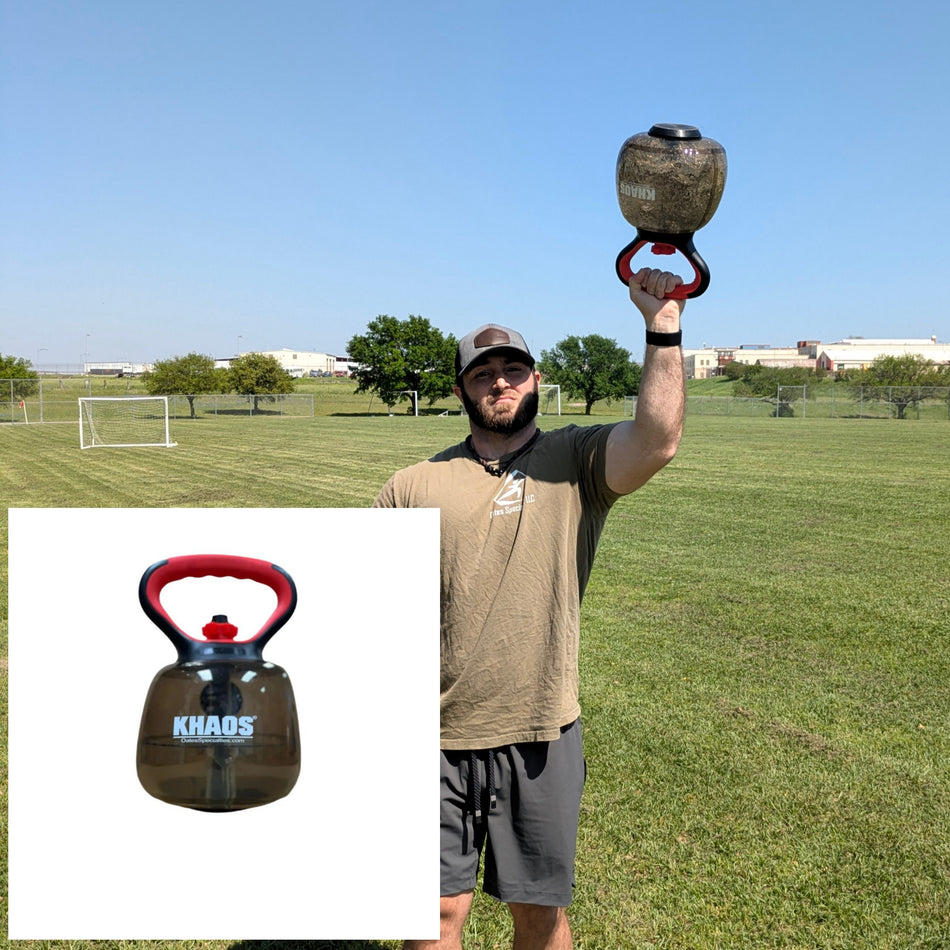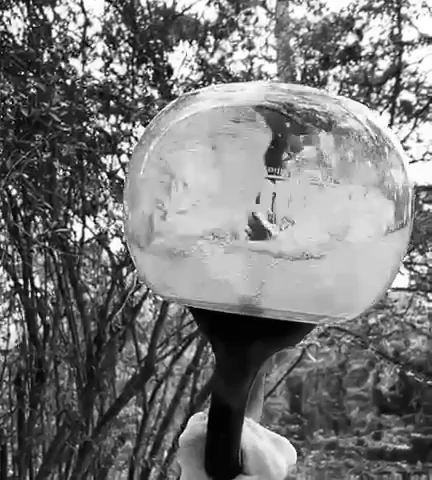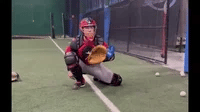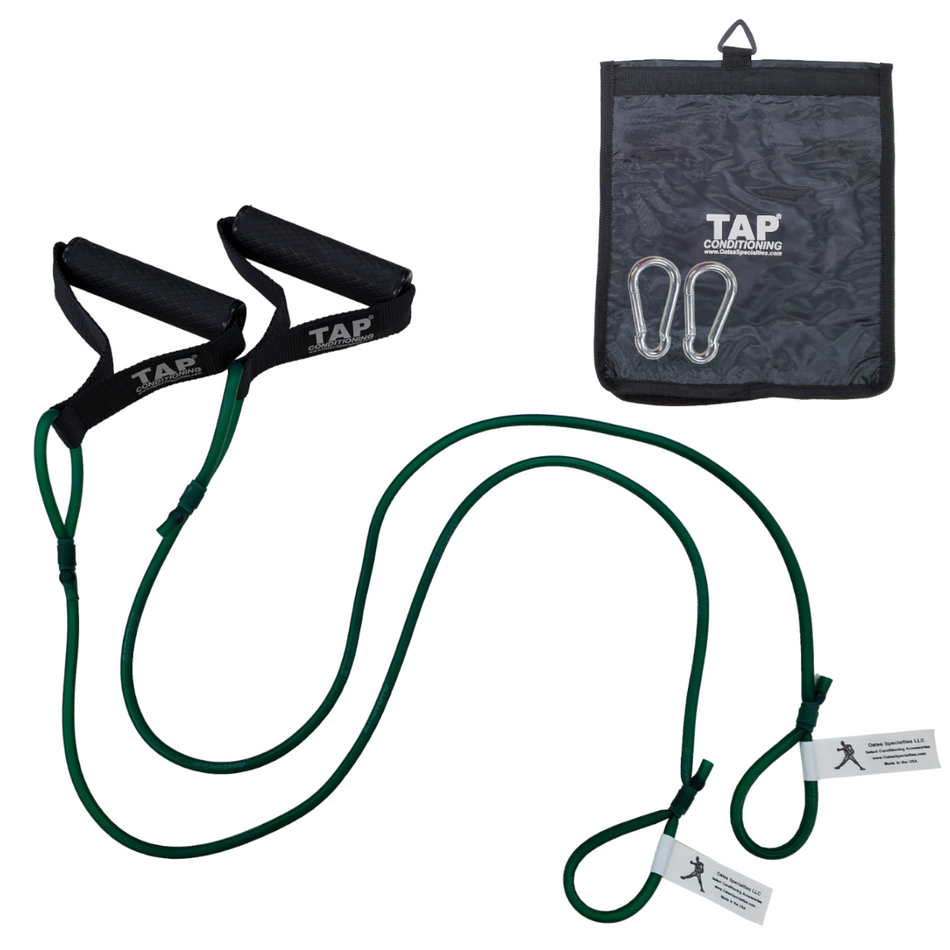Water Training Applications for Overhead Athletes: Science-Based Methods for Baseball, Tennis, and Volleyball
Week 4: Sport-Specific Implementation for Overhead Athletes
Overhead athletes face a unique challenge: the difference between training environment consistency and competitive chaos. Your practice facility provides predictable conditions—controlled lighting, consistent ball quality, known playing surfaces. Competition transforms these variables instantly.
For a baseball pitcher, it means adjusting to unfamiliar mounds, variable ball seams, and changing weather—while maintaining precise arm slot and release point. A tennis player adapts serve mechanics across court surfaces, wind conditions, and match pressure. Volleyball players modify hitting approaches for varying set quality while maintaining maximum vertical jump and power output.
Traditional strength training excels at building raw power through predictable movement patterns with stable loads. But competition demands the neuromuscular control to maintain technique and power output despite constantly changing conditions.
This week, we're examining sport-specific water training applications for overhead athletes. You'll discover why the shoulder's ability to coordinate movement under variable resistance directly correlates with competitive performance consistency.
Baseball: From Predictable Practice to Game-Winning Performance
Pitching Evolution
The Competitive Reality: A pitcher's shoulder experiences forces approaching 7,000 Newtons—roughly 1,600 pounds—during each throw. Research shows these forces transfer from the legs through the trunk to the shoulder in less than 150 milliseconds. The rotator cuff must coordinate this explosive power delivery while stabilizing the shoulder joint through extreme ranges of motion that no other athlete experiences.
But here's what separates practice from competition: In your bullpen, you face the same mound every throw. The ball quality stays consistent. The lighting never changes. Your mechanics can groove into patterns that work perfectly—for those controlled conditions.
Then game day arrives. The mound feels different. The ball seams vary. Weather affects grip and resistance. Your mechanics must adapt instantly while your shoulder coordinates the same explosive forces with less sensory feedback about what's coming.
The Training Evolution:
- Dynamic Shoulder Control: Use small, water-filled tools held overhead or in your layback position during light throwing movements. The unpredictable internal resistance forces your rotator cuff and scapular stabilizers to maintain positioning despite constantly changing load distribution. This develops the dynamic stability pattern essential for consistent mechanics across varying game conditions.
- Rotational Power Coordination: Your pitching velocity comes from hip-to-shoulder separation—the elastic energy stored when your hips rotate ahead of your shoulders. Crescent-shaped water products placed across your shoulders during rotational drills create variable resistance that helps you discover and strengthen your optimal separation pattern. The water's unpredictable movement teaches your nervous system to coordinate rotational power regardless of external conditions.
- Integration Under Fatigue: Late-game performance requires your nervous system to maintain coordination despite accumulating fatigue. Combine both water training approaches during simulated late-inning work, when mechanics typically degrade. This prepares your shoulder stabilizers and rotational coordinators to maintain technique when it matters most.
Training Applications:
- Light throwing movements while holding water-filled implements overhead develop the shoulder stability needed during your layback position.
- Rotational drills using crescent-shaped implements optimize the hip-shoulder separation critical for velocity without sacrificing command.
- Late-session integration work with both tool types replicates the coordination challenges you'll face in competitive situations when fatigue accumulates.
Hitting Precision
The Competitive Reality: Research measuring bat swing mechanics reveals elite hitters adjust their swing plane within 7 milliseconds after pitch release. That's barely enough time for your nervous system to process the visual information—let alone coordinate your entire kinetic chain to match the pitch trajectory.
Your batting practice pitcher throws consistent speeds from the same release point. You develop powerful rotation patterns that demolish these predictable pitches. Then you face a pitcher mixing four pitch types with varying breaks and speeds from multiple arm angles. Your coordination must adapt instantly while maintaining power output.
Training Applications:
- Bat speed development using water implements during rotational drills maintains power coordination while challenging your body's adjustment mechanisms.
- Integration of these drills before batting practice prepares your nervous system for the reactive adjustments demanded by live pitching.
- Focus shifts from pure power generation to power maintenance across varying pitch characteristics.
Defensive Adaptability
The Competitive Reality: Infielders must throw accurately from multiple arm angles, body positions, and while moving in various directions. Outfielders need maximum throwing velocity combined with precise accuracy after running full speed. These situations demand shoulder coordination that far exceeds anything you practice with structured drills.
Training Applications:
- Variable position throwing drills with water implements develop the shoulder stability needed for accurate throws from unconventional positions.
- Running-to-throwing sequences with water resistance prepare your shoulder's stabilizing muscles for the deceleration forces encountered during game situations.
- Multi-angle release work challenges your rotator cuff coordination across the full range of defensive demands.
Tennis: Power and Precision Under Pressure
Serve Development
The Competitive Reality: Tennis serves use the same overhead throwing pattern studied in baseball research. Your shoulder externally rotates to an extreme position, then explosively internally rotates through ball contact. Research measuring serve biomechanics shows elite players generate angular velocities exceeding 2,400 degrees per second at the shoulder—among the fastest recorded human movements.
But here's what makes match serving different from practice: During serve training, you control everything. The ball toss stays consistent. Your rhythm never changes. You groove a pattern that generates maximum velocity with acceptable accuracy.
Then match pressure arrives. The ball toss varies slightly. Your timing feels different. The court surface affects your leg drive. Your mechanics must adapt instantly while your shoulder coordinates the same explosive rotation with changing sensory input.
The Training Evolution:
- Shoulder Stability Progression: Begin with small water-filled implements held in the trophy position (the preparation phase before your serve motion). The water's movement creates proprioceptive challenges that develop dynamic stability in your rotator cuff while you're in this vulnerable position. This teaches your shoulder's stabilizing muscles to maintain positioning despite load variations.
- Optimal Positioning Discovery: Use crescent-shaped or tube-style water products during serve-specific trunk movements. These help you find your ideal abdominal length. This optimizes your hip-shoulder separation. It creates the stretch-shortening cycle you need for maximum force production and efficient transfer through your kinetic chain.
- Competition Preparation: Combine both spherical and crescent/tube implements during complete serve sequences when you're tired. This builds the neuromuscular patterns that maintain your technique and reduce injury risk when match pressure increases.
Training Applications:
- Trophy position holds with water spheres challenge shoulder stability while teaching proper scapular positioning (shoulder blade position).
- Trunk rotation training with crescent-shaped implements helps you discover your personal hip-shoulder separation pattern that maximizes serve velocity.

- Full-motion serve practice with variable water resistance prepares your shoulder's stabilizing muscles for the forces you'll face in competition.
Volleyball: Explosive Power with Precision Control
Attack Optimization
The Competitive Reality: Volleyball spiking uses the same overhead throwing pattern as baseball pitching and tennis serves. It's a rapid sequence: body positioning, extreme shoulder external rotation, and explosive internal rotation to make contact. Set quality changes dramatically during matches. You need to make instant adjustments while maintaining maximum vertical jump and arm swing velocity.
The Training Evolution: Dynamic stability training prepares your shoulder and kinetic chain for variable approach angles, set locations, and timing. It also reduces your injury risk.
Implementation Strategy:
- Shoulder dynamic stabilization using small water-filled balls through your complete hitting motion—approach, jump, arm swing, and landing. The water's perturbations force your rotator cuff and scapular stabilizers to maintain alignment despite the chaotic resistance inside.
- Optimal body positioning through crescent-shaped or tube-style water products during trunk rotation drills. These help you discover your ideal abdominal length for hip-shoulder separation. This creates the elastic energy storage needed for powerful arm swings regardless of how the set varies.
- Integration training combines both types of water implements during complete approach and attack sequences. This develops the neuromuscular coordination that maintains power output and shoulder safety throughout long matches.
Defensive Adaptability
Training Applications:
- Reaction-based drills with water implements develop the trunk stability needed for rapid direction changes and dive recovery.
- Overhead passing work using lighter water tools maintains shoulder health during high-repetition defensive training.
- Landing and transition training maintains shoulder health through proper deceleration patterns learned through water-based perturbation training.
Equipment Selection for Overhead Excellence
Different overhead sports require specific equipment characteristics that match their unique movement patterns and force requirements.
For Shoulder-Specific Development:
- Specialized implements designed for rotator cuff strengthening and movement variability
- Adjustable resistance ranges from 5-22 pounds allowing progression from rehabilitation through performance enhancement
- Ergonomic designs that enable extended training sessions without discomfort
For Rotational Power Integration:
- Crescent-shaped and tube shaped tools that optimize rotational training through their unique water distribution patterns
- Progressive loading capabilities for strength development that maintains coordination throughout the range
Want to explore our complete overhead athlete equipment line? Appendix A details our comprehensive water training offerings—one of the industry's most extensive product lines specifically designed for overhead athlete development.
Professional Training Protocols
Assessment and Foundation (Weeks 1-2)
Begin with movement screening to identify limitation patterns before introducing unstable loads. Focus on basic movement quality and control using minimal resistance (15-20% implement capacity).
Key Priorities:
- Pain-free overhead mobility in all movement planes
- Basic shoulder stability and core strength foundations
- Proper movement mechanics demonstrated without external resistance
Progressive Loading (Weeks 3-6)
Gradually increase water volume while adding sport-specific movement complexity. Monitor for compensation patterns that indicate overloading, maintaining movement quality as the primary progression marker.
Development Focus:
- Sport-specific movement pattern integration
- Competitive scenario introduction with variable resistance
- Movement speed and precision under changing conditions
Competition Integration (Weeks 7+)
Focus on performance optimization through direct integration with sport-specific practice. Use water training for both preparation and recovery, adjusting protocols based on competitive schedules.
The Science Behind Overhead Adaptability
Multiple training principles support the overhead-specific approach we've outlined. Evidence demonstrates that variable resistance training enhances the compensatory muscle activation patterns crucial for overhead athletes, potentially mitigating injury risk while improving performance consistency.
This enhanced activation occurs because unpredictable resistance requires constant stabilizer muscle engagement throughout movement patterns—closely what competitive conditions demand.
Want the complete research analysis? Our Water Training Science Position Paper examines the peer-reviewed studies and biomechanical principles behind our specialized approach to overhead athlete development.
Ready to Transform Your Overhead Performance?
For baseball players seeking immediate implementation of these evidence-based methods, our KHAOS® Baseball Water Bundle and the KHAOS® Shoulder Shaker combines our most effective overhead training tools with comprehensive protocols.
The bundle includes specialized implements for pitching, hitting, and defensive applications, along with detailed progression guidelines for integrating water training into your existing program.
Safety and Professional Implementation
Work with qualified professionals who understand the unique demands of overhead athletics. Progress based on movement quality improvements rather than resistance tolerance, and integrate water training methods with existing programs rather than replacing proven techniques.
Essential Considerations:
- Medical clearance for athletes with previous shoulder or elbow issues
- Progressive loading that respects individual adaptation rates
- Movement quality monitoring throughout all training phases
- Professional guidance for sport-specific implementation
Next Week: "Injury Prevention Through Movement Variability"
Every season, talented overhead athletes get sidelined by injuries that develop gradually through repetitive training patterns. The pitcher with elbow pain from identical deliveries, the tennis player with shoulder impingement from thousands of identical serves, the volleyball player with chronic back strain.
We'll explore how movement variability—naturally provided by water training—may help prevent these overuse injuries while building more resilient athletes. You'll discover why the pursuit of "perfect" repetition might actually increase injury risk, and learn specific protocols that distribute stress across different tissues while maintaining sport-specific skill development.
Share Your Overhead Training Experience: How does your performance change when conditions aren't ideal? Do you notice differences between practice precision and game consistency? Your insights help other athletes recognize similar patterns.
Questions About Sport-Specific Applications? Whether you're dealing with shoulder issues, looking to improve consistency under pressure, or trying to integrate these methods with existing training—drop your questions below.
Catching Up on the Series? This is week 3 of our comprehensive exploration. Start with our foundation article or review last week's multi-directional training concepts to build your understanding progressively.
Continue Your Development:





